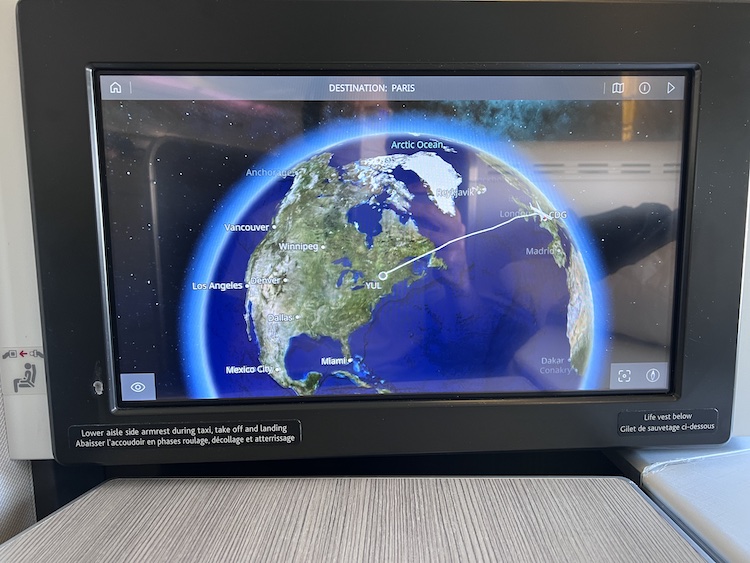 My first time back in Europe since 2015 couldn’t come at a time of greater tensions for the home of Western Civilisation. Not in a generation have major borders been so redrawn, and longer still since major powers have gone toe-to-toe with
My first time back in Europe since 2015 couldn’t come at a time of greater tensions for the home of Western Civilisation. Not in a generation have major borders been so redrawn, and longer still since major powers have gone toe-to-toe with blue-eyed white news-worthy people as proxies.i Indeed, the squeeze is in.
So what’s the pulse in the Old World? At least in gentile Paris, well, very genteel.ii The French lifestyle of bon vivance, of quality over quantity, is alive and well; complete with a focus on the preservation and cultivation of the physical world in a manner all too alien to materially superficial, morally fragile, and virtually-exiled North Americans.iii That being so, what timely life lessons can we learn from this deep-rooted culture with its millennia of arts and architecture as our guide?
Well, for starters, that intervention needn’t be extravagant to be effective! KISS yo!iv
In a historical moment where social media mobs seemingly dictate foreign policy by escalating military conflicts between nations with which ours have no binding treaties of support, the temptation to intervene more rather than less is all too real, especially for those of us with zero fucking skin in the game but a lot of “consumers have come to expect” entitlements.v So how can we compete with the extravagance of expanding empire?
Let’s look at contemporary architecture in la ville des lumières – defined inherently by its socialist-capalist-liberal-democratic millieu as all “modern” design is – and how it competes with the gilded and marbled opulence of yesteryear’s Kings. Given that our present social technologies do not grant us the capacity to compete head-to-head with the pre-modern royals, quite in spite of our material technological advantages ranging from mRNA vaccines to TGV trainsvi to GPS satellites, at least in Paris it’s fairly evident that KISS IS KING today.
So it is that our strongest and most sensitive contemporary conversations with the past are so frequently mediated by a particular sort of Asian-inspired minimalism: a simple but effective palette of tools and materials that add meaningful contributions to the cannon by serving as an effective counterpoint to the lavish urban fabric that still casts such a long shadow over European cultural capitals. To bring this point home, here are few such examples that I took in on this particular trip across the pond:
1. Edmund De Waal at Musée Nissim de Camondovii
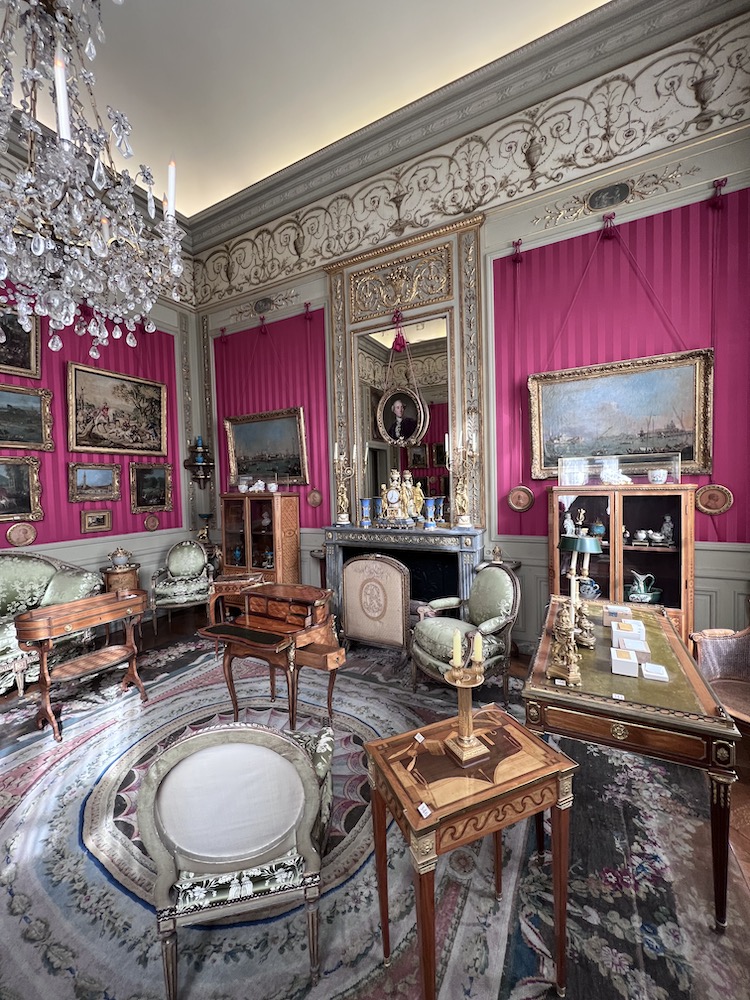
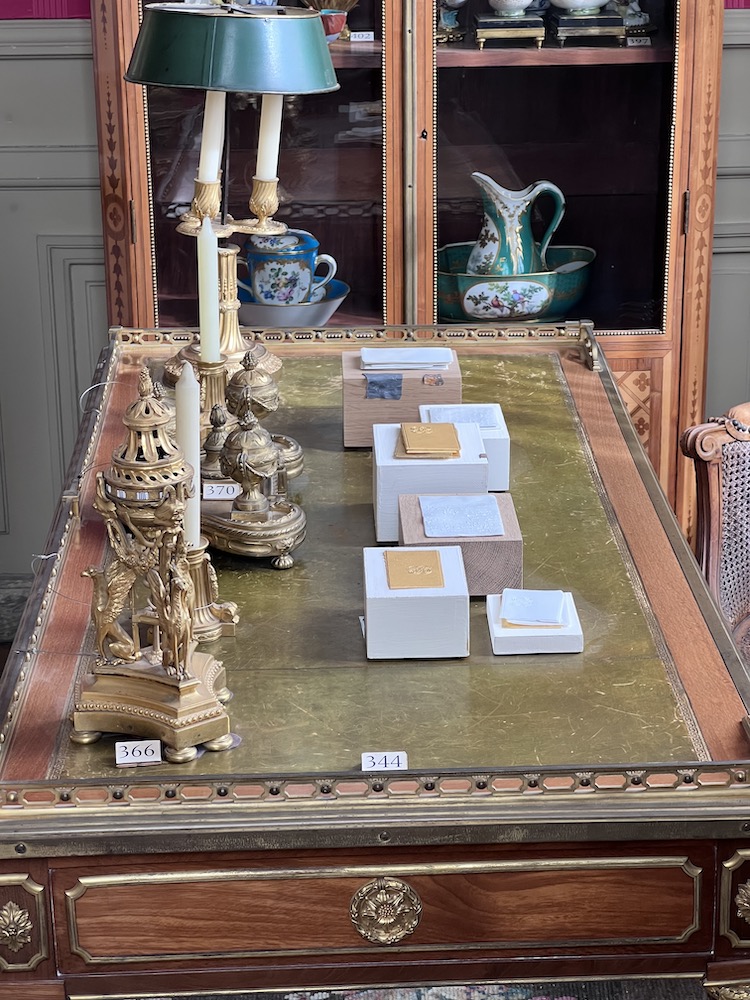
2. Tadao Ando at Bourse de Commerce | Pinault Collectionviii
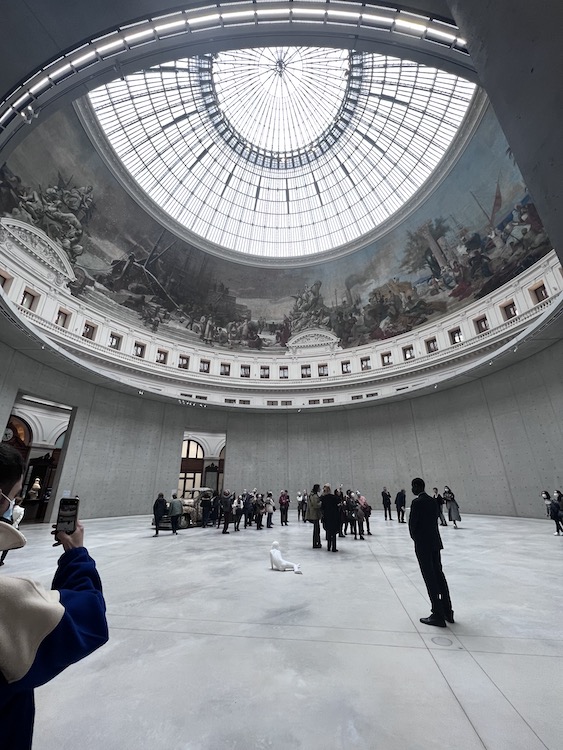
3. I.M. Pei at Musée du Louvre

Of course, while these architectural and sculptural interventions might rightly be viewed as “Asian-inspired,” this framing also underscores the reality of our current Asian-dominated century. To be fair, there’s also a very clear throughline between the Swiss Le Corbusier and contemporary minimalists, whether we’re talking about Dmitri Cherniak or Ando, Pei, and de Waal. In fact, there’s even an increasingly relevant throughline between African sculpture and the elegant yet childlike forms depicted by Picasso and other modernist greats.ix Indeed, for as much as it looks to be China’s 21st century to lose, it might also be Africa’s. The endarkened continent’s unsurpassed fecundity has a genie-in-a-bottle vigour in a rapidly greying world. Since demographics are destiny and all that, there’s a logic to the argument. But we digress. What does this have to do with Russia’s calamitous invasion of Ukraine?
Well it has to do thematically with the West’s corporate and political responses to Putin’s vainglorious attempts to raise his standing on the world’s stage. I mean, given that we weren’t about to send NATO troops into Ukraine, the political expediency to do something seemed only too obvious. But was sending in the virtual nukes to decimate Russia’s economy and further distance 140 mn Europeans the game theoretic Occam’s razor? While not evicted from their homes at the barrel of a gun like the Ukrainians have been, the current situation for the average Russian appears to be at least as dire and spiralling downwards just as quickly.x That’s essentially what the West has brought to bear against the scores of innocents who can least afford it, who see themselves as European, and who may or may not even support Putin but probably care as little about politics broadly as we do.
So what’s the logic of banning Russia from SWIFT, creating a NATO-defended No Fly Zone over Ukraine, confiscating billions of dollars of Russian foreign reserves, and seizing a half-dozen mega-yachts from a few benign kleptocrats ?xi There seems to be absolutely nothing measured nor proportional about the West’s response to Putin’s latest military campaign. It intuitively feels more like mendacious iatrogenics than “global courage.”xii But no one said war was pretty, and if the defensive gambit works, it’s definitely as minimalist as a nuclear war can be!
So perhaps the West’s largely virtual violence will inflict enough damage to temper the Tsar’s future territorial ambitions. With a Russian domestic landscape now looking pretty fucking decimated – robbed of the freedom of movement, opportunity for gainful employment and basic material wellbeing that Russians had grown accustomed to in the more prosperous Post-Soviet era – the possibly sickly Vladimir’s attention must now also turn to the question of internal cohesion. He’s paid an incredible costxiii for this new/old land of his and he might not have the political budget for more military campaigns before his time runs out. On the other hand, his vanishing window of opportunity might push him to even more extreme aggression in his final chapter, eager as he may well be to burnish his reputation with one final push for the history books, but such outbursts of desperation rarely win practically or lastingly.
Ironically, despite all claims of its demise, the West still has a few tricks up her sleeve. Not the least of which is minimalism, especially when it comes to interventions.
How very parisien.
___ ___ ___
- Humans are racist. News at 11. ↩
- Gentile doesn’t just literally translate as “nice,” as the French-English dictionary is wont to tell you, nor can it just be thought of as the Yiddish term “goy” in this instance, though we can probably infer a certain jealousy-laden punching up against the men of leisure who didn’t have the bazaar hustle flowing through their veins, but rather gentile embodies a high-minded civility, one defined by honour, to be sure, but also by grace, if of a sort bordering on docility. ↩
- I sound a little bit of a Europhilic elitist here… because I often am… but I also recognise that there are trade-offs inherent in both the European old-money/relationship-based/luxury-goods/museumification-of-all-the-things model as well as the new-money/commodity-based/consumer-is-always-right/commodification-and-virtualisation-of-all-the-things model. There neither good nor bad but thinking makes it so! Ultimately I’m just glad to live in a world with both options available, even if the North American model is harder to exit because if you’re not from the Old World you never can become so, just ask the third-generation Turks assembling your Mercedes in Germany who still don’t have EU citizenship. But I digress. ↩
- KISS = Keep It Simple Stupid. ↩
- This list seems to be accurate as far as I can tell, which is just nuts tbh:

Not that this list is exhaustive, but you imagine the brain-drain and loss of domestic support that’s about to slap Putin in the face if these corporate departures are sticky? Successful citizens in the liberal democratic experiment, of which Russia still belongs on the face of it, are immensely attached to these brands and almost certainly haven’t signed up to live in any kind of Soviet consumerist deprivation tank for the sake of a war that brings them no obvious benefit.
Are Chinese luxury brands strong enough to fill these enormous gaps left by the West’s abrupt exit from Russia? Possibly, but it’s not just a matter of flipping a light switch. There are an insane amount of economic interdependencies at play between Russia and the West. And a we saw during COVID, supply chains are much easier to break than they are to build. Even if it were a simple transition, which it most certainly isn’t, turning Russian into a Chinese vassal state is no picnic either, particularly for the overwhelming majority of Russians who see themselves as European rather than Asian. This gaze westward has a long history too, I mean Tsar Alexander II drank Louis Roederer Cristal by the case, not Ningxia sparkling… ↩
- The Train à grande vitesse (TGV) train system in France is incredible. It renders private automobiles practically unnecessary, and this is coming from a guy that loves his cars! You can get from Paris to Reims (Champagne region) in 40 minutes on the TGV rail (plus 2x 15-minute taxis on either side) while it would take 2.5 hours by car on the motorway to complete the same trip. And the train is under $100 per person round-trip! ↩
- You might recall Edmund de Waal from these pages in late 2020 with the article Slowing down, willfully or otherwise. ↩
- Francois Pinault is the founder of Kering Group, which currently owns Balenciaga, Gucci, Brioni, YSL, and more, and competes with LVMH for the informal title of Most Important French Luxury Conglomerate. ↩
- With African and other non-Western sculpture in mind, the Jean Nouvel-designed Musée du quai Branly – Jacques Chirac comes highly recommended if you’re ever in Paris. The luscious gardens and beautifully secretive exhibition spaces are worth the price of admission alone, to say nothing of the mind-expanding collection itself. ↩
- Don’t think average Russian citizens have it rough right now too? If COVID didn’t show how destructive invisible forces can be even when we’re “safe” at home, I’m not sure anything can. ↩
- This seizure of high-value, high-visibility assets from “people we don’t like” is all too reminiscent of Jewish art and property stolen by the Nazis in the 1930’s and 40’s. I have little love lost for Putin’s territorial aggression but I’m also NOT in favour of seizing private assets like NATO countries are, even if I appreciate that we need scapegoats quite badly at this historical juncture. ↩
- The “global” angle is telling because ~half of the world’s populations (at least via their governments) support Putin implicitly if not explicitly. ↩
- I dunno about you but I sure as hell didn’t think the West could fight back this hard because I’d assumed a purely military conflict. I never saw this magnitude of public-support soft power used by Western powers. Clearly Russia didn’t either. ↩


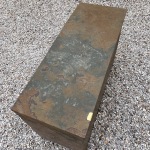
















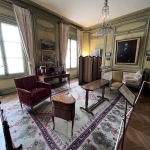


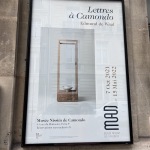
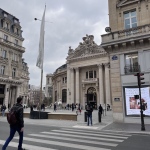

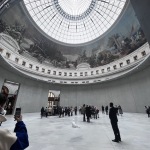

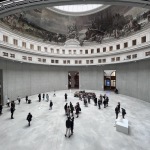



[…] and unearned claim. The most magical place on earth for my money is, at least at this moment, Paris or Venice. […]
[…] it is! Wide sidewalks, large green spaces, and generous building setbacks make DC feel more like Paris than any other North American city, including Montreal. Also making this city feel rather French […]
[…] 6 by Rilke via the supreme Edmund de Waal from a piece of his that we first saw on display at Musée Nissim de Camondo in Paris early last […]